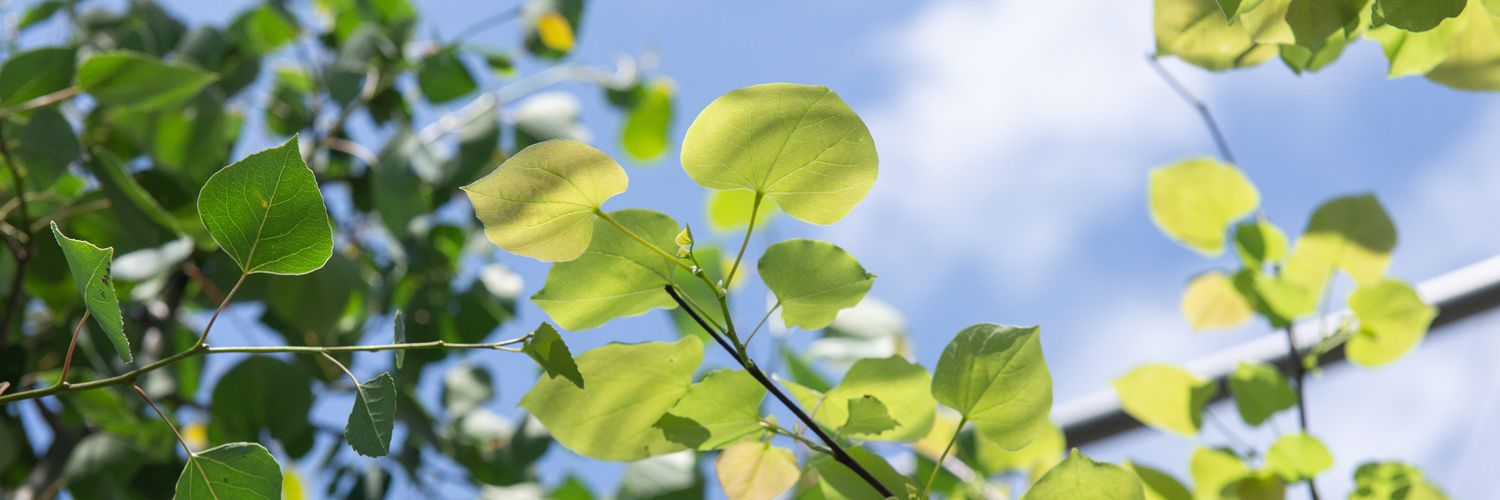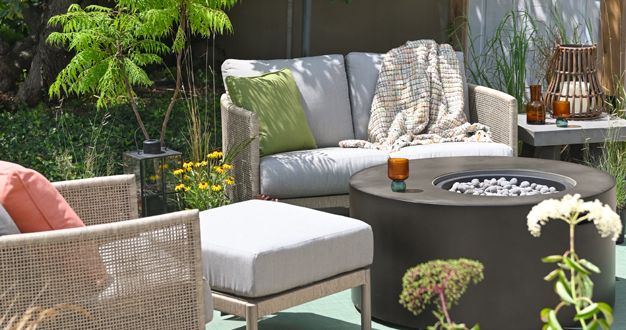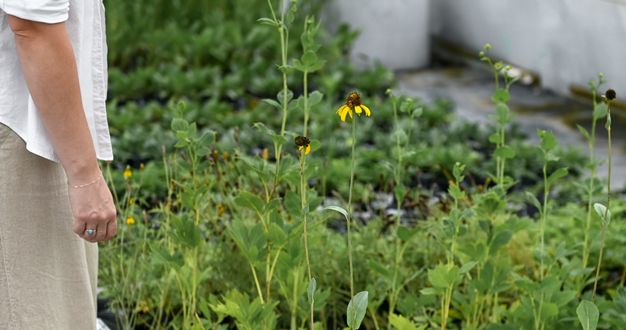
It’s summertime, and with that comes our warmest weather, but that doesn’t mean new planting projects are out of the question. With a little extra care, summer can be a great time to add new plants to your outdoor spaces. Here we share a few benefits that come with planting in the summer. We talk about why container-grown plants are perfectly suited for planting this time of year. And we explain how proper planting and watering are especially important when the temperatures are high.
A Good Time to Plant
Although not normally considered the ideal season for planting new landscapes, summer does offer some benefits if you’re looking to complete a few projects around your home.
- The soil is warm. And that warmth gives roots an ideal environment to quickly grow and become established.
- Roots get even more time to grow. Planting in the summer rather than the fall gives your plants a few more months to build a healthy root system before the ground freezes – and puts them that much further ahead and ready to take off when spring arrives.
- Decisions are easier. In the summer, when your landscape is lush, it’s easy to spot gaps or places that need a little more color and texture. You also have a better sense of how much space you have to fit in something new.
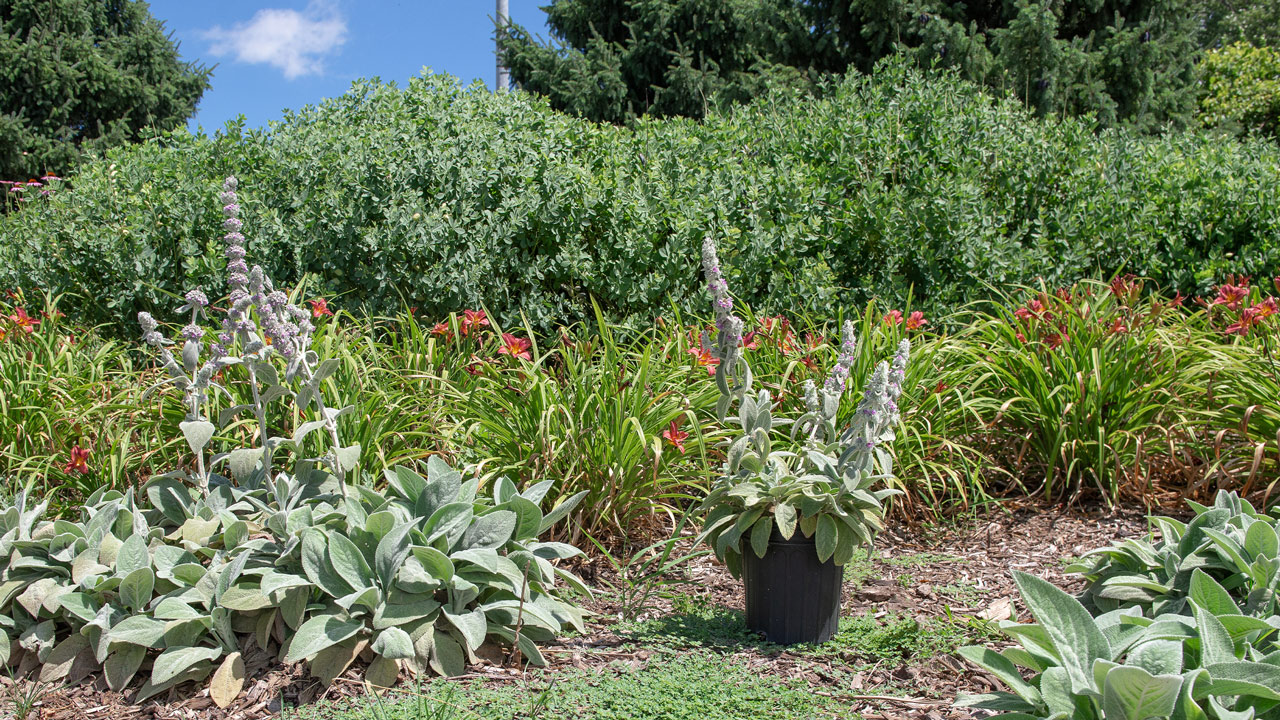
The Advantage of Container-Grown Plants
While uprooting established plants to relocate or divide them may not be the best idea in the hottest time of the year, container-grown plants in the nursery are ideally suited for summer planting. That’s because their entire root system stays intact during the transplanting process, which leads to much less stress on the plant – an important consideration when it’s hot. If you’re planting a tree in the summertime, we recommend choosing a container-grown tree rather than a field-grown, balled-and-burlapped tree, which has to be dug from the ground during the growing process.
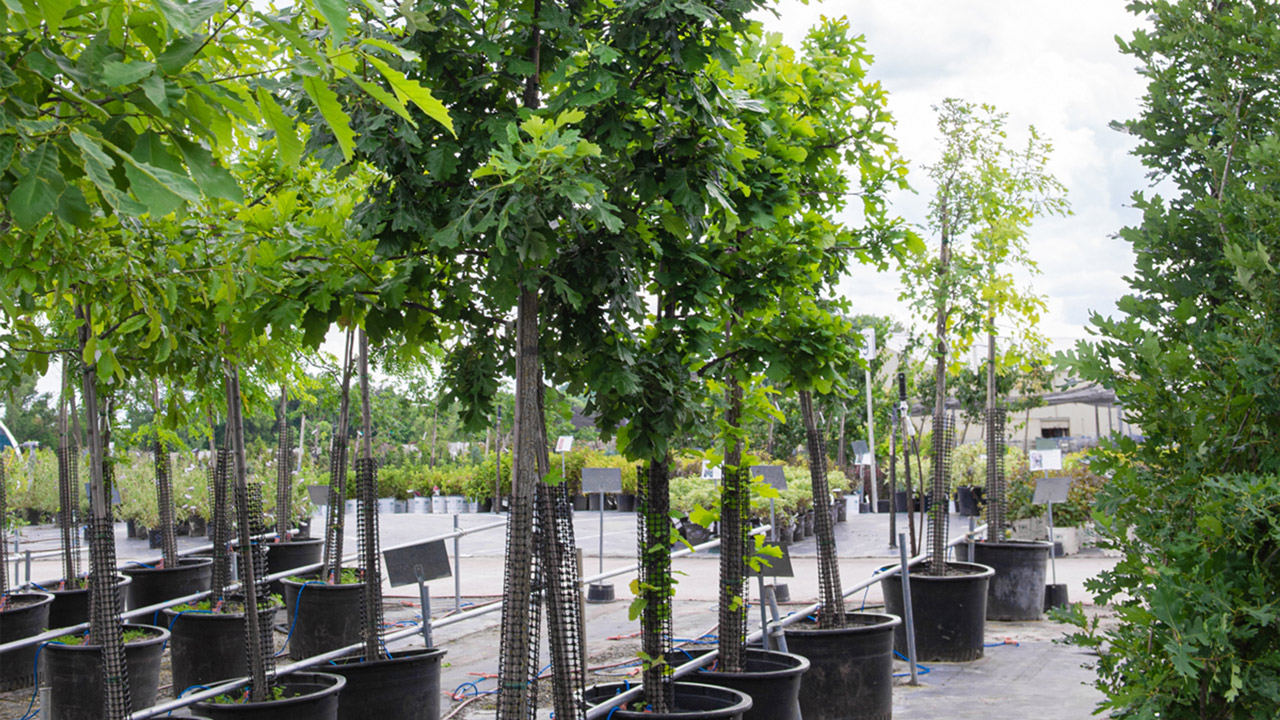
Proper Planting
Planting in the summer is really no different than planting any other time of the year.
- Start by digging a hole that’s slightly less deep, but twice as wide as the new plant’s root ball, and keep the soil you removed nearby.
- Then, take the plant from its grow-pot and gently tease the roots if they seem tight or have started to circle around the pot.
- Next, set the plant into the hole – with the plant’s soil level sitting at or slightly above the soil level of the ground – and backfill the hole with the extra soil. Gently tamp the soil down around the plant to make it more stable.
- Last, water deeply to make sure the soil settles in well and makes good contact with the roots.
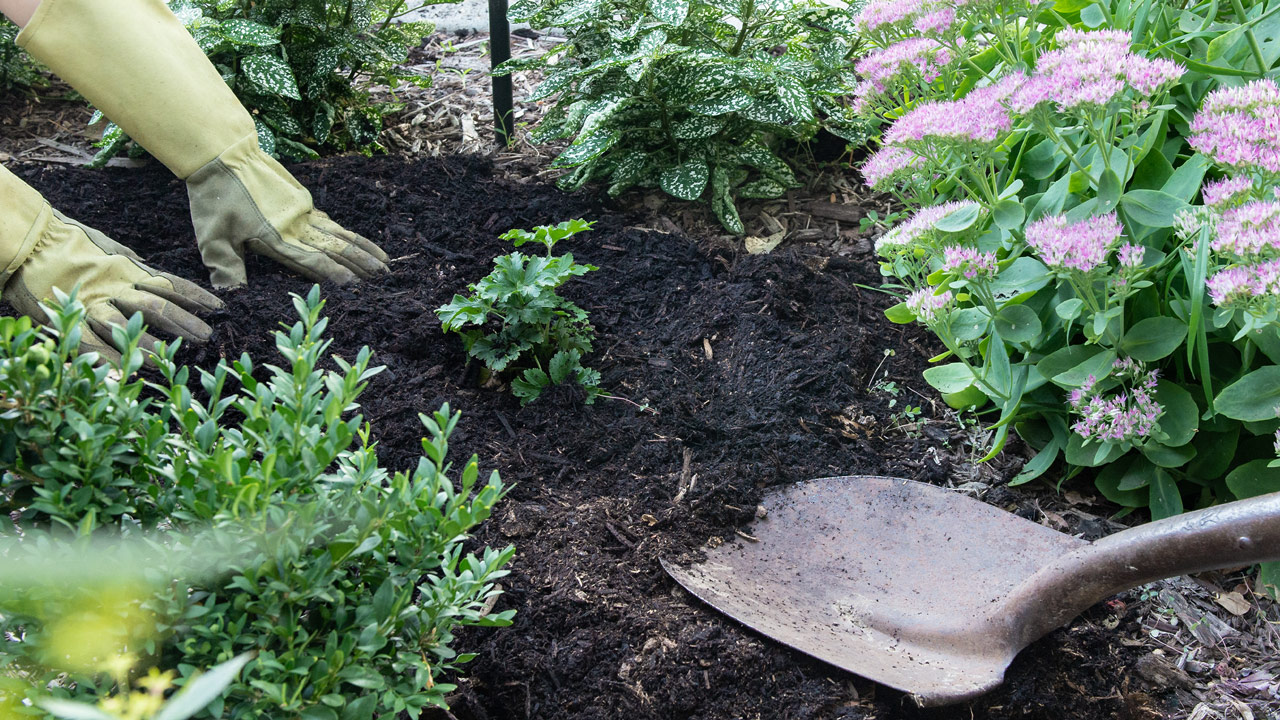
Special Considerations for Summer
While most guidelines for planting are the same regardless of the season, it’s even more important to pay attention to certain details when it’s hot.
Mulching around new plantings is always beneficial, but in the summer, it’s an especially important step. A two- to four-inch layer of a natural mulch not only conserves moisture in the soil, it also reduces stress on your plant by preventing weeds from sprouting and competing for water and nutrients.
It’s also a good idea to skip the fertilizer with any new landscape planting – especially in the summer. Fertilizer encourages plants to direct their energy into growing new foliage and flowers, but newly planted trees, shrubs, and perennials should be establishing their root system first. And in the summer, most landscape plants don’t need fertilizer since much of their energy is focused on simply getting through the heat.
When it’s hot and sunny, try to schedule your planting projects for the evening or cloudy days – it’ll be less taxing on both you and your new plants.
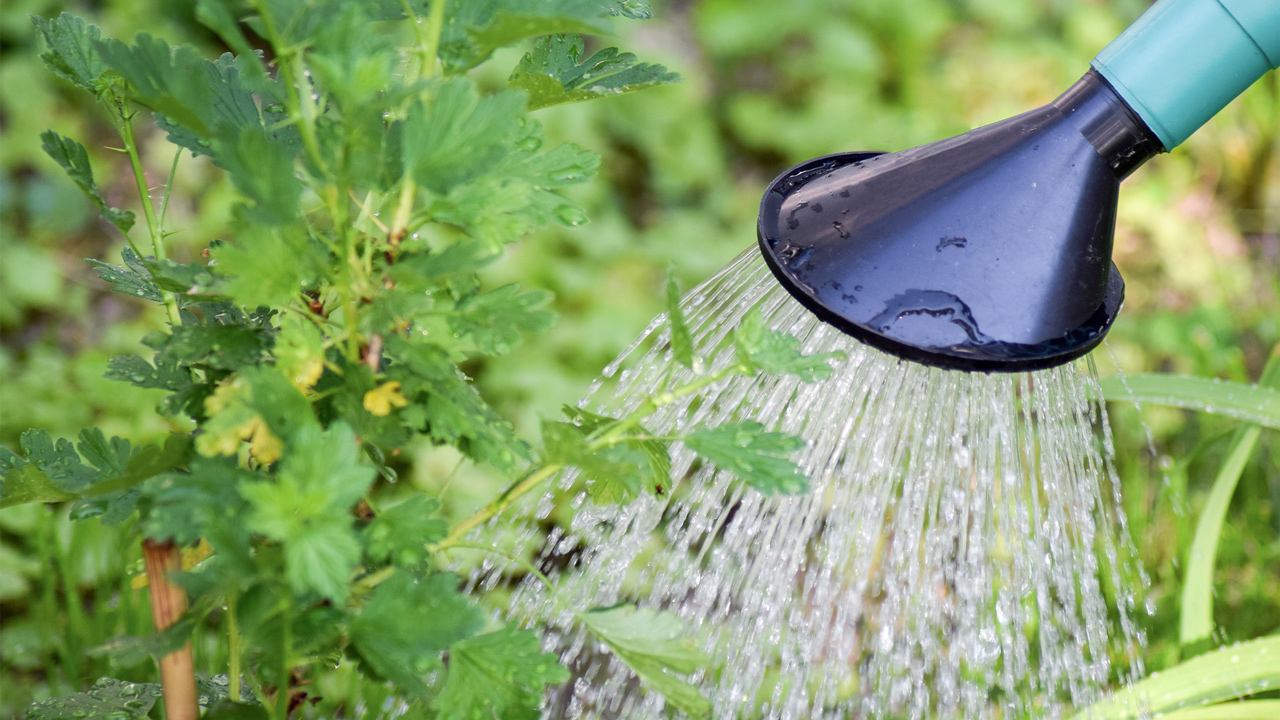
Watering the Right Way
When it’s hot outside, we tend to think watering more often is better for our outdoor plants – but that’s not always the case. As we like to say, roots go where the water goes, so it’s more important to focus on watering deeply – with enough water to completely soak the entire root system and a few inches beyond. This encourages roots to reach downward and establish a good foothold. For a few weeks after you plant, it’s a good idea to check the soil before you apply more water – because even when it’s hot, it’s easy to overwater too.
To check the soil moisture, stick a screwdriver or a slender dowel rod about four or five inches into the soil and pull it out. If it’s easy to push the screwdriver that far down, then the soil has enough moisture, and you can wait to water another day. If it’s not easy to push, then water deeply again.
Watch your plant for signs of wilting too. But keep in mind that wilting doesn’t always mean the plant needs water. In some cases, wilting may even be caused by overwatering – as roots begin to die from overwatering, they’re no longer able to draw up moisture for the plant. Or another cause for wilting may be that the plant is curling its leaves in order to conserve moisture during the hottest time of the day. If the plant bounces back once temperatures cool off in the evening, then the wilting wasn’t due to lack of water. If the plant stays wilted though, then it probably does want a drink – you can check the soil to be sure.
It’s a Great Time to Plant
Don’t let the calendar or the warm temperatures stop you – summer is a great time to add new plants to the landscape. If you have questions or need a few suggestions for what to plant, just stop by the Nursery Yard. We’re always glad to help.

